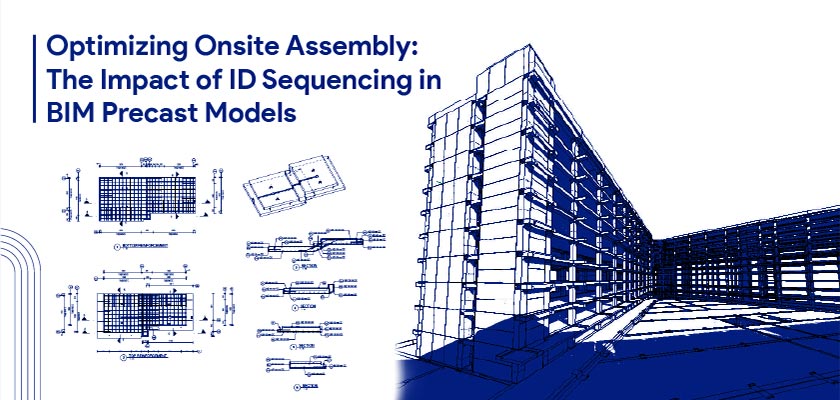
ID sequencing of precast models using BIM, ensures precise onsite assembly, efficient tracking, and improved communication. The systematic use of unique identifiers leads to improved project outcomes and cost-effective construction workflows.
Precast modeling with BIM supports the creation of accurate and detailed digital representations for precast concrete. ID sequencing is vital in precast modeling and the use of BIM processes and tools ensure accurate onsite assembly for precast and prefab manufacturers. A systematic identification and sequencing of precast elements with precast modeling and detailing enables effective and efficient tracking, operations, and flawless assembly. It augments collaboration, reduces on-site difficulties, and ensures uninterrupted integration of precast components to optimize construction.
Table of Contents
By clarifying the strategic use of identification sequencing of precast elements, this article aims to educate prefab and precast manufacturers on how to enhance accuracy, improve project coordination, and simplify precast assembly to ensure the integration of precast elements within a wider framework.
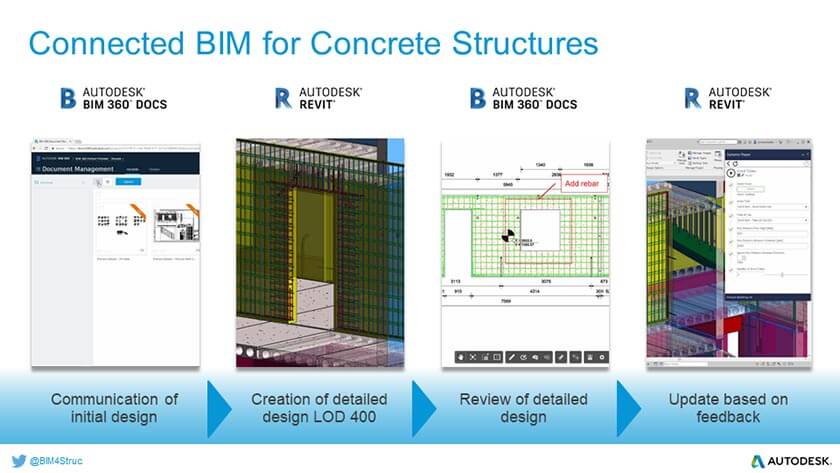
Following this workflow, construction teams can use ID sequencing within BIM to improve accuracy, simplify processes, and ensure efficient onsite assembly of precast components.
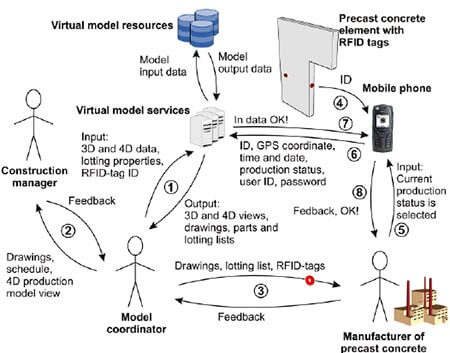 Source: ResearchGate
Source: ResearchGate
Implementing ID sequencing in precast 3D models within BIM enhances onsite assembly. Assigning unique identifiers creates a seamless construction process to ensure accurate precast element placement and error reduction. This systematic approach improves efficiency, lowers onsite assembly time, and drives collaboration between construction teams, leading to cost-effective workflows.
ID sequencing within precast models also manages data effectively within the BIM framework. Assigning unique identifiers for each precast element helps organize, track, and analyse complex data. The improved collaboration between project participants drives error-free onsite assembly leading to a seamless integration of precast elements in the BIM framework. This causes an overall improvement in efficiency, reduction in errors, and project coordination.
Gain cost and time savings with a 3D precast model.
Learn about our structural detailing services.
Connect with our BIM experts »Improved Organization
Systematic arrangement of precast elements: A methodological arrangement of precast elements in BIM is a strategic workflow that involves accurate precast ID sequencing. BIM allows an organized placement of elements by providing unique identifiers for each component. Precise precast ID sequencing with BIM leads to accurate precast assembly. This approach enhances construction processes, minimizes errors, and enhances collaboration between project teams.
Enhanced clarity in construction documentation: Precast ID sequencing within the BIM framework augments construction documentation clarity. Assigning unique ID’s or identifiers to precast elements in the 3D BIM model makes the construction process error-free and streamlined. This ensures accurate identification and placement of every precast element to reduce problems and drive precise onsite assembly.
Construction teams benefit from seamless communication, better coordination, and an efficient process ensuring high quality project outcomes.
Efficient Tracking
Real-time monitoring of precast components: BIM enriched precast ID sequencing leads to real-time monitoring of precast elements during onsite construction. Unique Identifiers allocated for each element in the 3D BIM model support status and location tracking of precast components for the entire construction process. This real-time visibility with precast ID sequencing sparks preemptive decision-making, better resource management, and quick issue resolution.
Using BIM processes and technology helps monitor precast elements to ensure projects benefit from better clarity, efficiency, and project wins.
Minimization of errors during assembly: Precast ID sequencing reduces ambiguities during precast assembly as every precast element is marked with a unique identifier for precise placement and identification. This approach reduces the risk of errors during precast assembly and construction teams can follow a designated sequence pattern.
By encouraging accuracy and removing ambiguities, precast ID sequencing within BIM supports a seamless assembly leading to reduction in delays and expensive errors.
Maximizing Efficiency in Precast Concrete with BIM
Are you struggling with inefficiencies and errors in your precast concrete projects?
Discover how BIM can help you:
Embrace the future of construction with our expert guide on BIM for precast concrete.
Grab your copy Now!Enhanced Communication
Effective communication between design and construction teams: Effective communication between design and construction team can be achieved by assigning every precast element with a unique element ID as it sets a standardized tone for both the teams. A common reference simplifies information interchange to ensure accurate understanding and design implementation based on required specifications. The outcome is enhanced collaboration, reduction in ambiguities, and streamlined workflows leading to higher project efficiency and quality based on unified communication between design and construction participants.
Reduced chances of misinterpretation: Adding a unique Precast ID with BIM validates a reduction in misinterpretation within construction projects. A standardized and clear reference is established for design and construction teams through unique identifiers assigned with precast elements. This approach lowers the risk of misunderstanding leading to better precision within assembly and construction processes.
These are some of the main reasons that the use of BIM for precast detailing in on the rise. In fact, the U.S. precast concrete market size has shown an upward trajectory since 2017 and is expected to further increase by 2028.
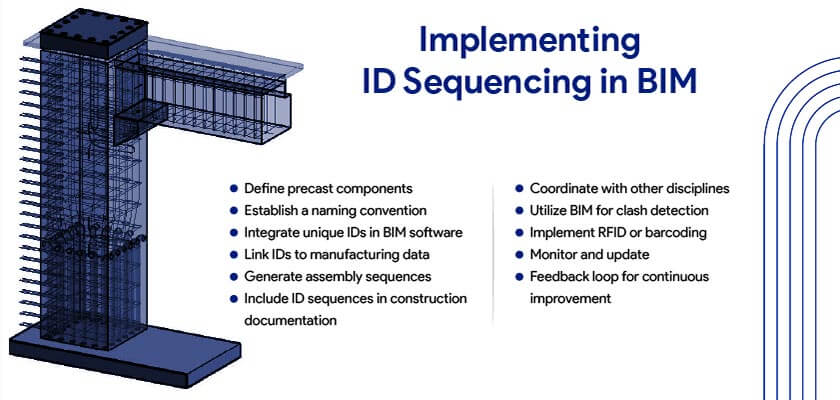
Get accuracy in precast manufacturing and installation with clash-free 3D models.
Explore our comprehensive BIM Services.
Contact us NOW »Implementation of unique IDs for precast elements can ensure timely delivery and assembly of precast elements. Integrating a BIM methodology into construction employs a well-coordinated workflow. Each precast element is assigned a unique identifier, logistics data, and a coordinated workflow that connects with project schedules.
Meticulous tracking reduces delays, enhances schedule precision, and drives effective and efficient construction. The result leads to organized and timely delivery and assembly of precast components that contributes to the overall success of the project.
Quality checks based on ID sequences: Quality checks for Precast Elements are augmented based on ID sequences. Rigorous inspections can be established for each element based on unique IDs. Construction teams can track, validate, and guarantee the quality of BIM-driven precast components. BIM-driven precast sequencing ensures accountability, lowers errors, and delivers a greater level of construction quality to deliver reliable and superior structures.
Addressing discrepancies during assembly: Addressing ambiguities during precast assembly can be managed with unique ID’s assigned for precast elements. Distinct identifiers improve identification and tracking of precast elements. Any ambiguities can be located and rectified leading to streamlined assembly.
A systematic methodology reduces errors, improves quality control, and promotes effective and efficient onsite construction leading to fewer disruptions and improvements in overall project quality.
A precast contractor from UAE specializing in precast manufacturing teamed up with Hitech CADD Services for a residential project in the UAE. They shared AutoCAD drawings, PDF and Excel files as input with the team. We used multiple software platforms like Revit, Navisworks, and BIM360 design to achieve desired deliverables.
With a team of 25 BIM modelers the team at Hitech CADD Services began their work between planning and design phase. The input files were carefully assessed and model optimization was achieved with object-based 3D modeling. Clash coordination was done that led to improved schedules, enhanced execution, and cost optimization. Quality checks were done for standardization. These processes led to a clash-free and coordinated BIM model in Revit for precast manufacturing and installation.
The 3D model was clash coordinated at LOD 450 with 5mm clash coordination. BBS, BOMs, and Bar Bending Schedules were determined from the precast 3D model which led to:
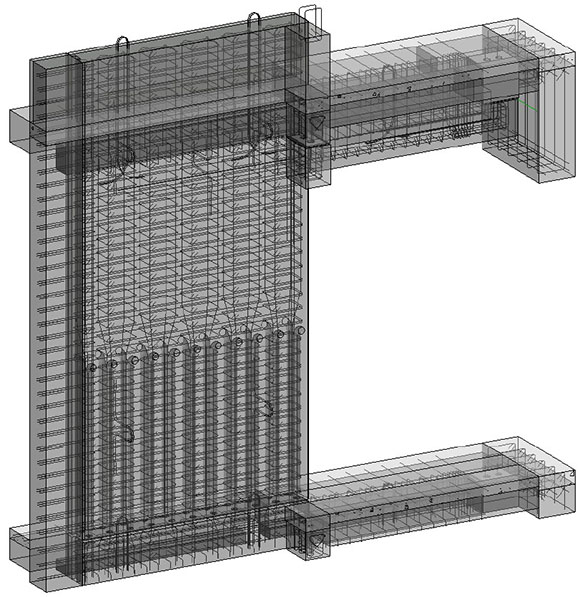
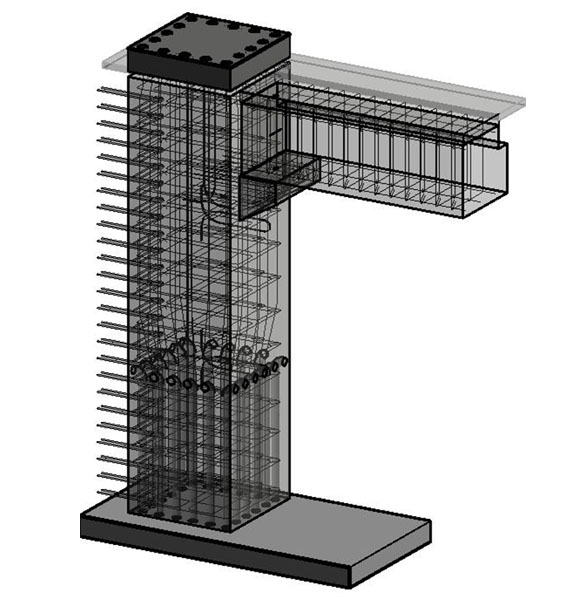
Methodological implementation of precast ID sequencing with BIM has been transformative for prefab and precast manufacturing. This guide provides the significance of sequential IDs for precast elements leading to accurate onsite assembly, seamless construction, optimized collaboration, data management, real-time monitoring, and visualization.
Prefab and precast manufacturers continue to embrace this technology as it reduces errors, augments project coordination, and leads to cost-effective workflows. In essence, the use of ID sequencing within precast modeling while working with a reliable BIM service provider addresses challenges related to onsite assembly, driving the AEC industry toward precision, excellence, and efficiency.
You may also like
From 2D to 3D: Why Architects are Switching to BIM Modeling
10 Essential Best Practices for BIM in MEP Engineering
How 3D Scan to Revit Can Solve As-Built Modeling Challenges
DXF Files in SolidWorks: How to Import and Export Them